Latest
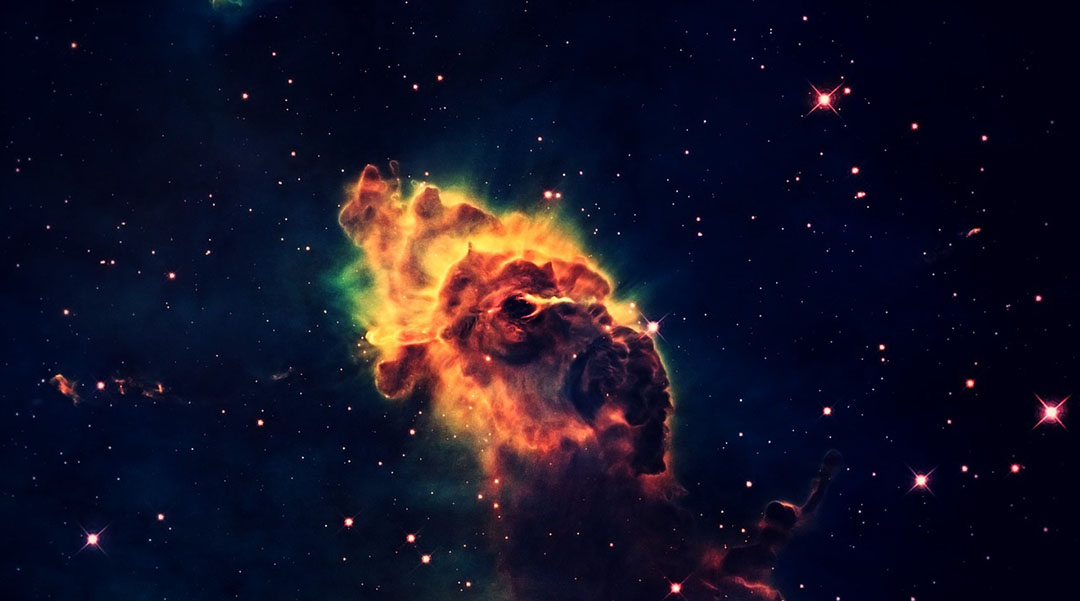
XRISM solves star formation mystery in galaxy clusters
New high-resolution X-ray data reveal that turbulent gas motion, not just black hole activity, prevents star formation in cluster cores.
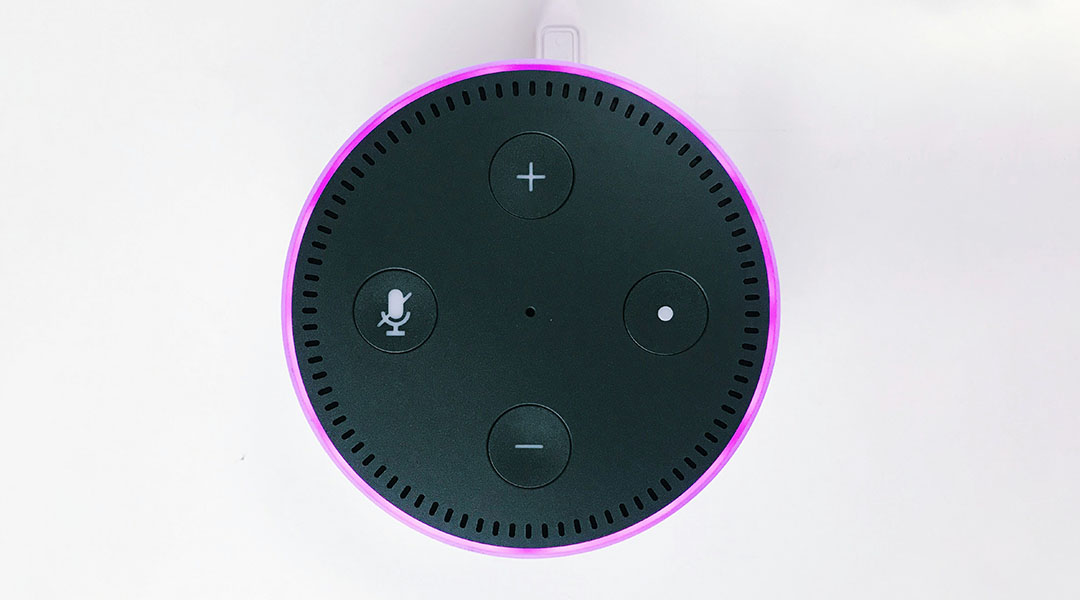
Do voice assistants help alleviate loneliness?
Scientists explored whether evidence backs up the growing belief that voice assistants like Alexa can alleviate loneliness, especially in the elderly.
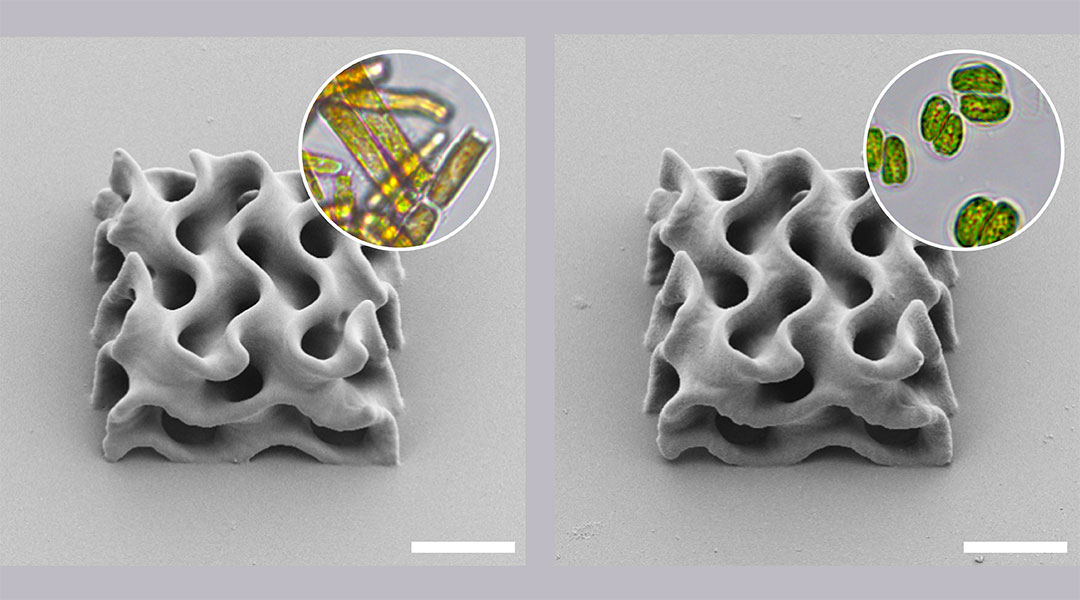
3D printing goes “green” with microalgae ink
A search for environmentally friendly inks led researchers to microalgae biofactories, providing a renewable biomass solution.

How tactile devices can improve children’s learning
Study finds tactile learning in education helps kids engage multiple senses, leading to a richer and more interactive learning experience.

Springer Nature staff to take unprecedented strike action
Synonymous journal at the major academic publisher to be affected by industrial action for the first time in its 155-year history.
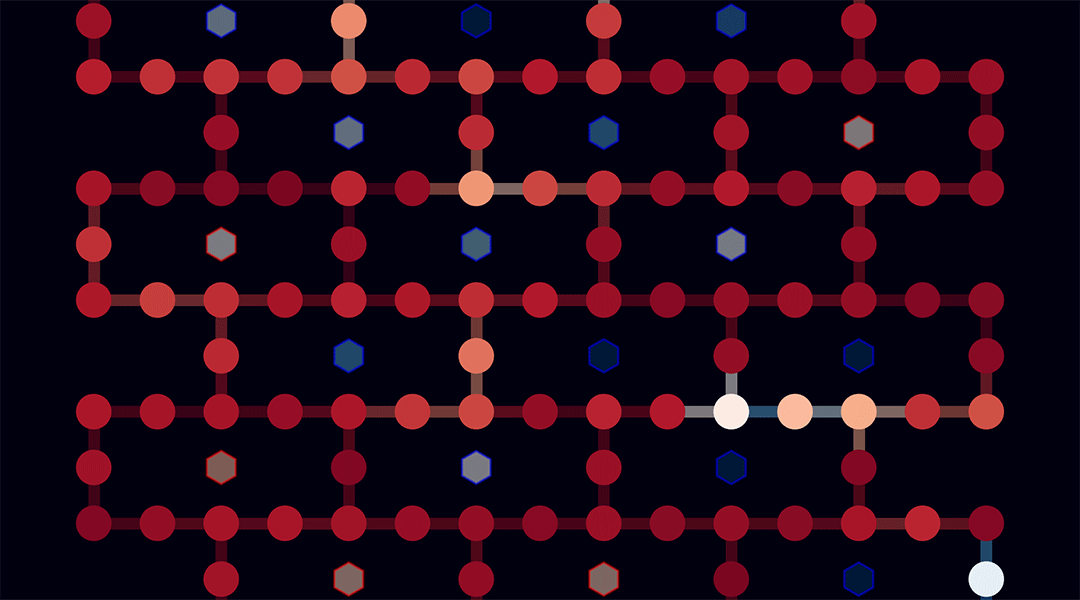
Which quantum computer leads the pack? Benchmarking entanglement could give the answer
Researchers have developed a new method to benchmark quantum computers by measuring their ability to create entangled qubit states.
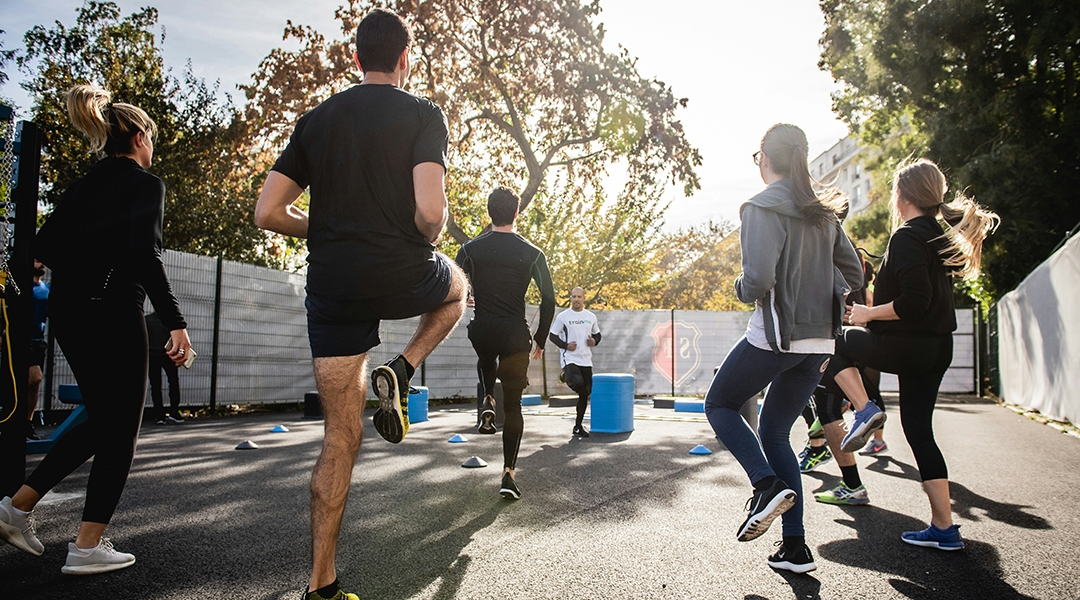
Why exercising early in life is key to keeping muscles strong as we age
Study shows that starting exercise early helps condition cells to preserve motor neurons before age-related loss.
ASN Weekly
Sign up for our weekly newsletter and receive the latest science news directly to your inbox.
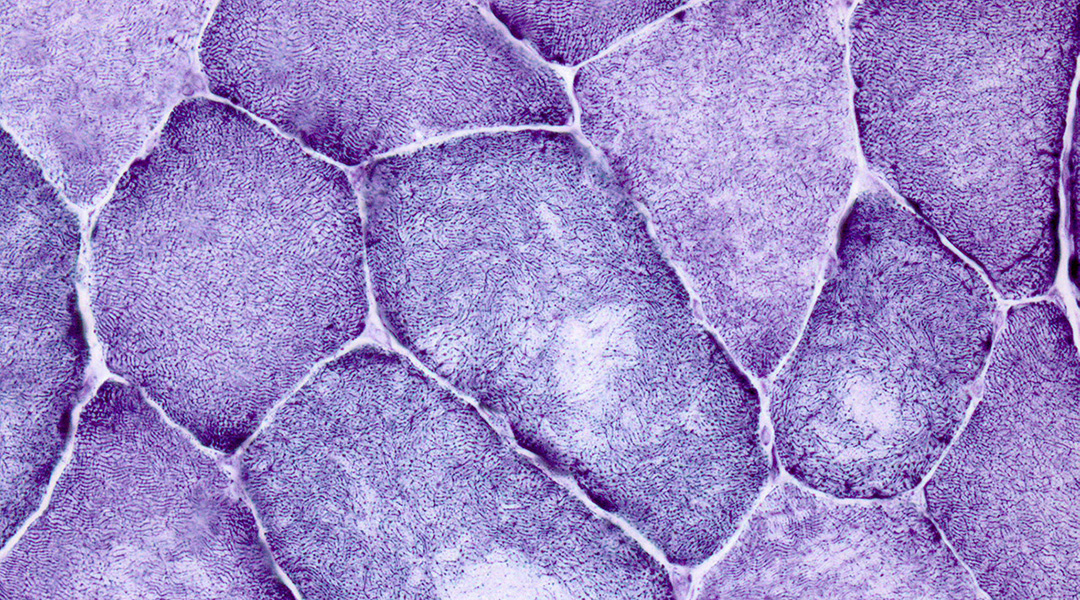
Scientists seek a new way to treat muscular atrophy
Understanding how muscular atrophy occurs on the cellular level could help researchers identify new drugs to treat the condition.
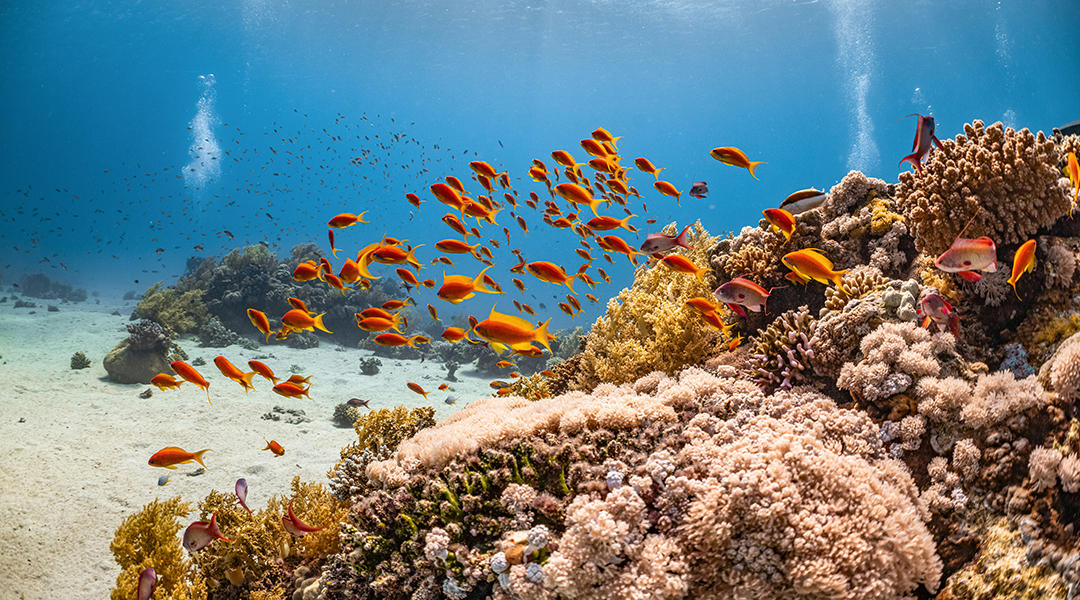
Network of coral reefs in Seychelles offer conservation hope
Mapping genetic connections between coral reefs allows scientists to identify and prioritize those acting as regional larval sources.

Amyloid beta: Bad for the brain, good for the liver
A new study finds that amyloid beta, a culprit in Alzheimer’s disease, is important for maintaining a healthy liver.

A living biosensor helps track honeybee health
First living biosensor developed to study honeybee gut microbiome, providing insights into health and conservation.
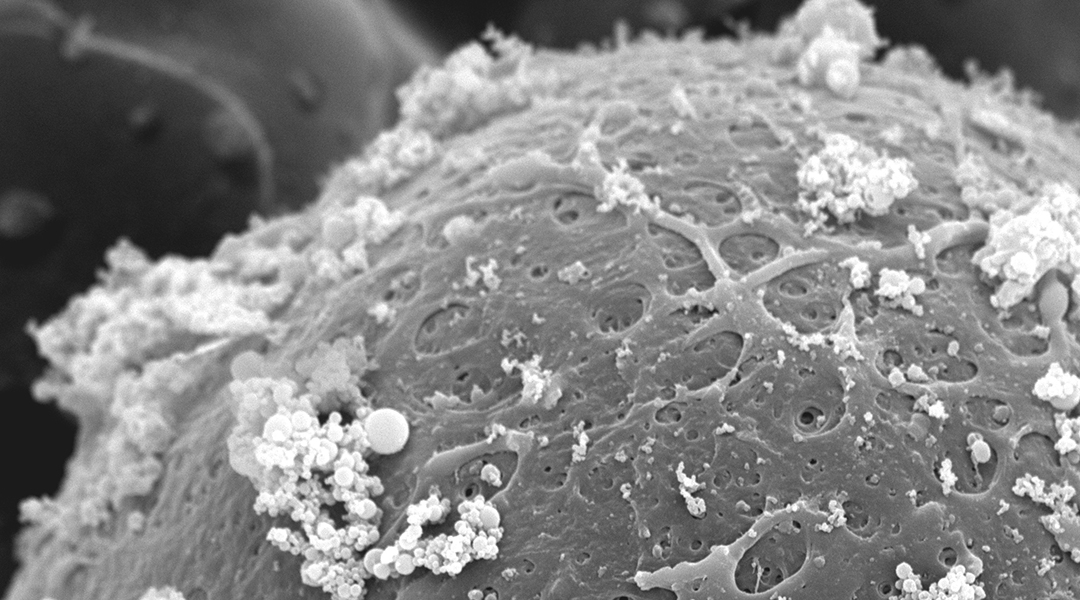
Fertility treatment finds gentler way to handle embryos using magnetic nanoparticles
A unique approach to the remote control of embryos in lab setups could transform what is possible with fertility treatments and IVF.
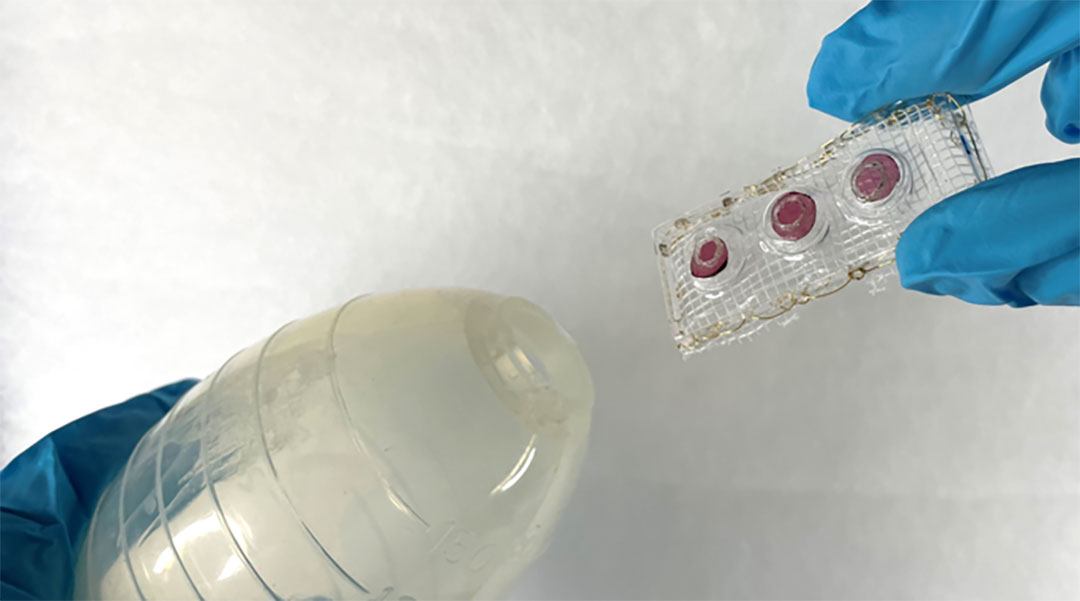
A simple test detects post-surgery abdominal leaks
Enzymes embedded into a plastic strip enable the rapid, naked eye-detection of incompletely healed tissue following abdominal surgery.
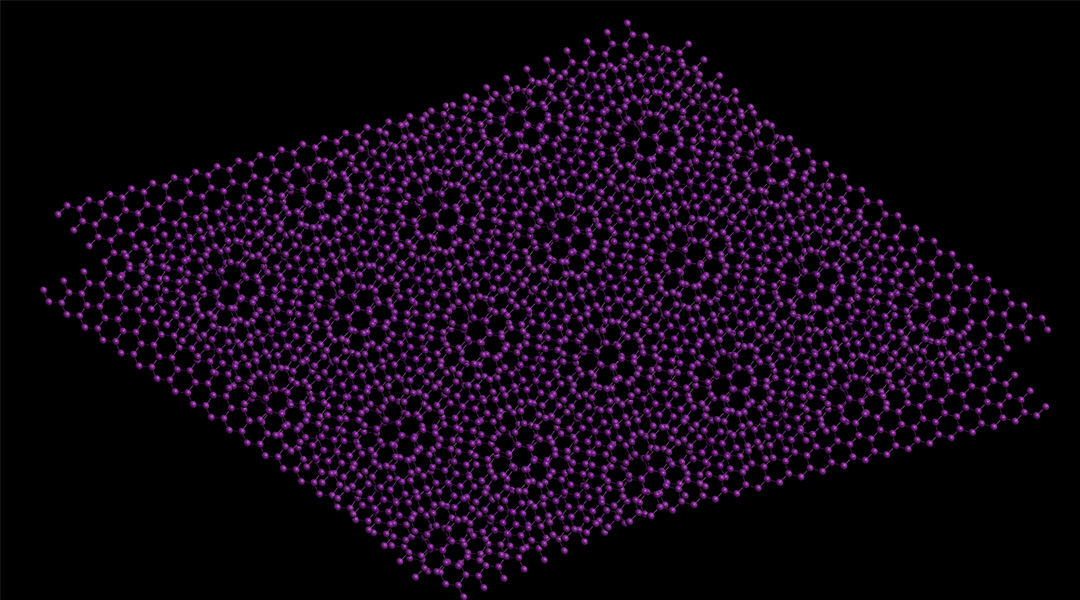
Could twisted bismuth pave the way to a practical superconductor?
“Magic angles” in twisted bismuth bilayers could induce superconductivity at more reasonable temperatures.

Organ-on-chip shows effects of snake venom on blood vessels for the first time
Lab-made model of human blood vessels provides accurate insights into effects of snake venom and could help develop new antivenoms.
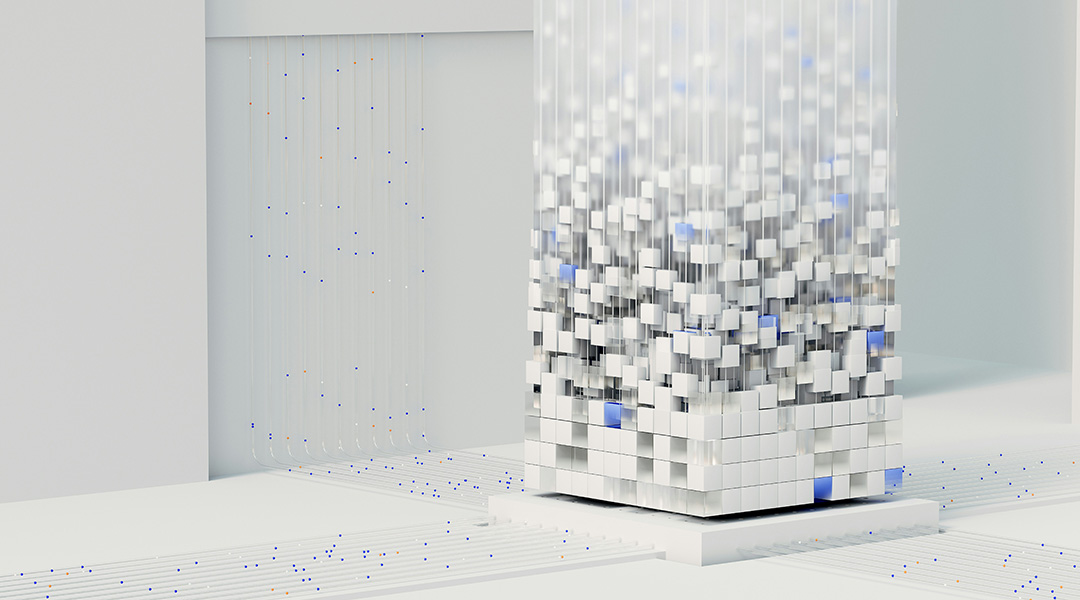
Big data is changing the way we diagnose disease
Scientists are approaching disease and diagnosis in a new way, leverage big data to provide better options for both clinicians and patients.
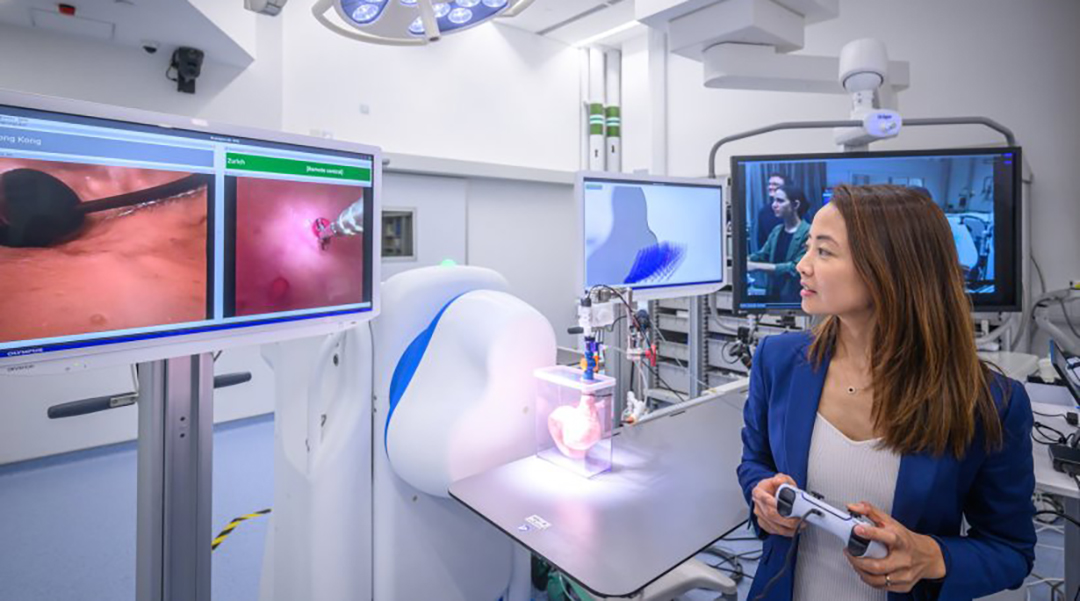
Remote-controlled robot is changing the game for endoscopes
A new teleoperated robot makes it possible to perform endoscopes remotely, making the procedure available in underserviced regions.
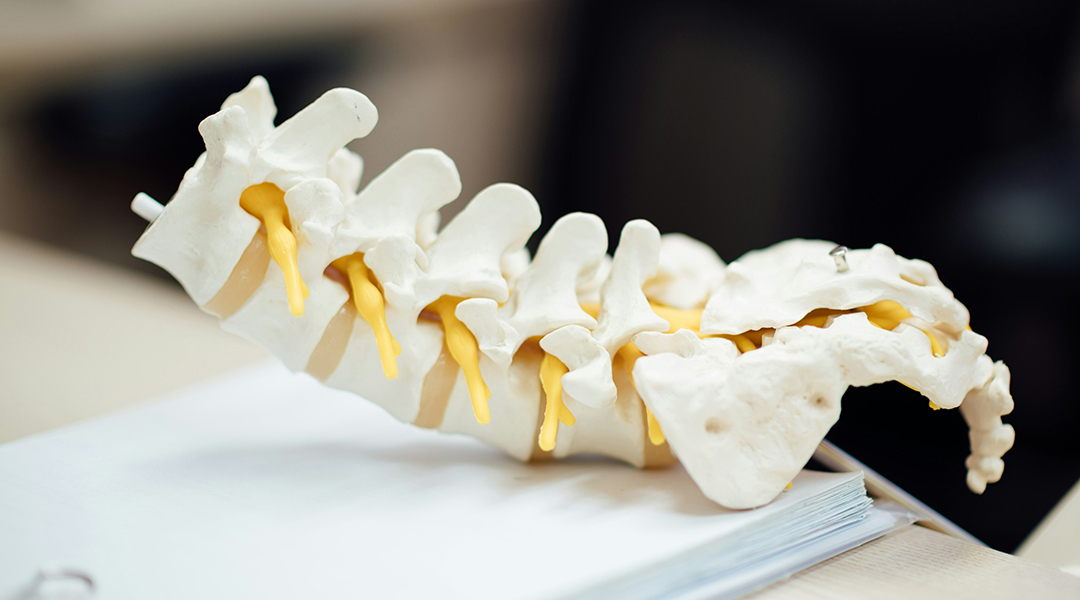
Using 3D printing to treat bone infections
A new biomaterial shows unprecedented success at eliminating bacteria that cause bone infections and promote the regrowth of injured bones.
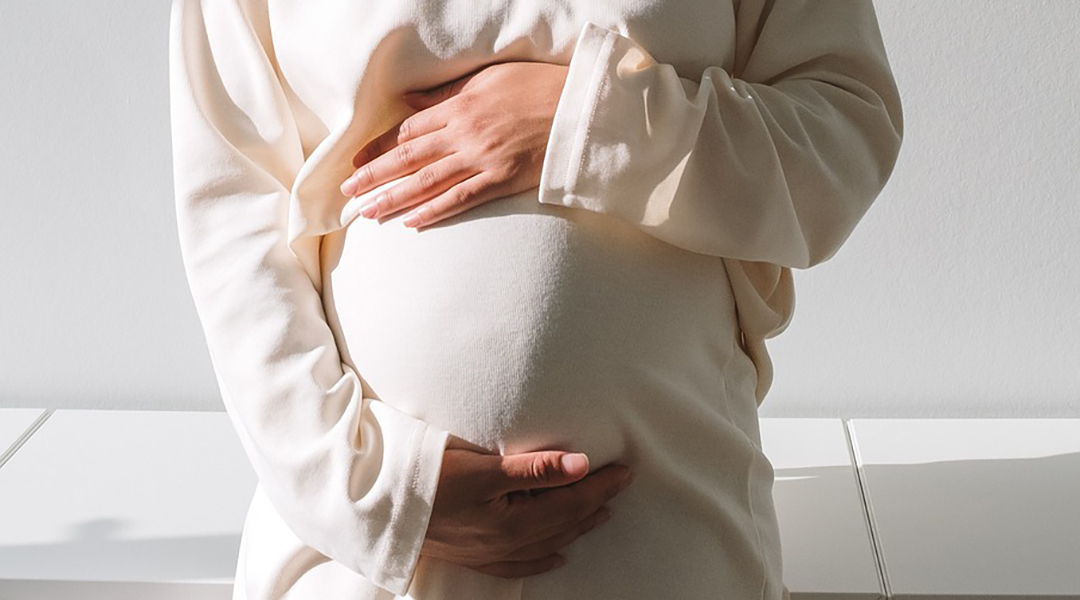
Routine test misses 70% of gestational diabetes cases
A new study urges doctors to turn to more dependable tests to prevent the development of type II diabetes in mothers and children.
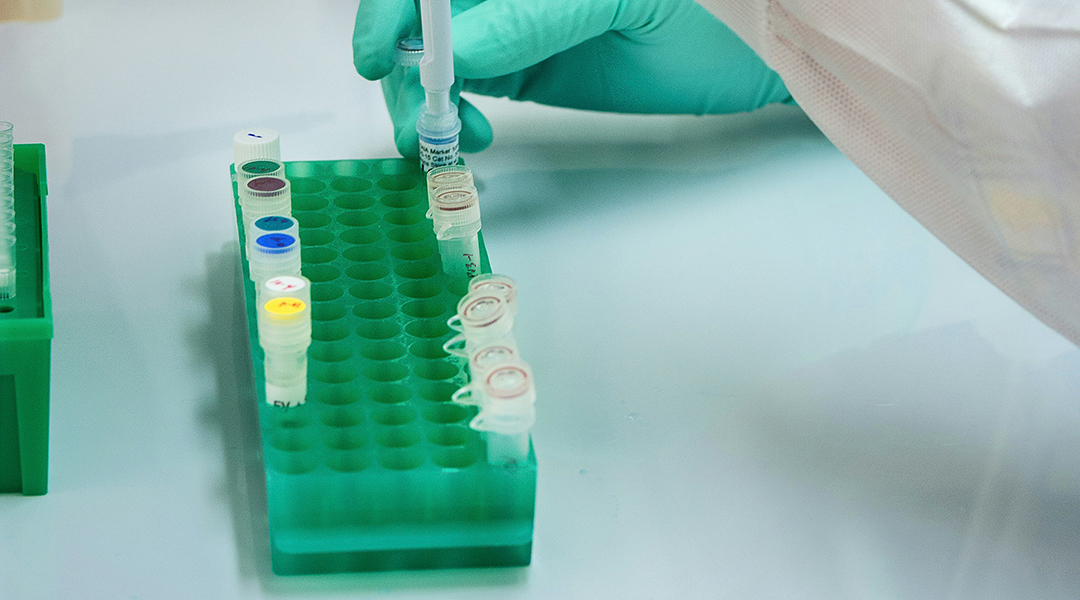
Decorated nanospheres boost chemotherapy and cut side effects
Scientists are using decorated nanoparticles to precisely target tumors with chemotherapy, effectively reducing side effects.
No Results Found
The page you requested could not be found. Try refining your search, or use the navigation above to locate the post.
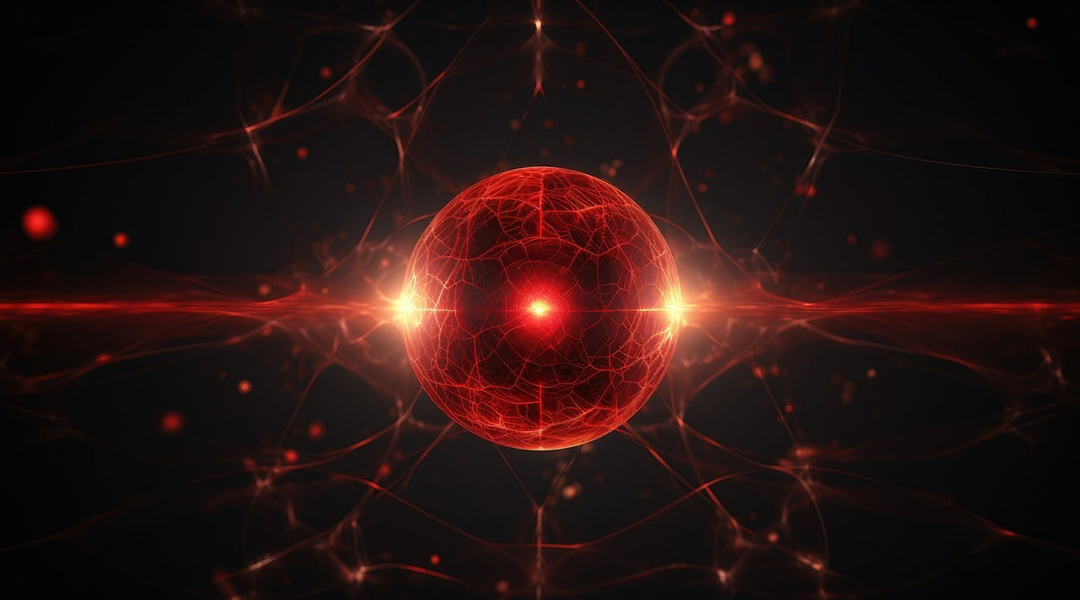
The next big thing in tech could come from these tiny light absorbers
When the light absorbers are made very small, almost all the device performance metrics improve—but doing this is easier said than done.

AI lie detectors lead people to make more false accusations, study finds
Participants with lie-detecting AI were more likely to trust it, more readily agreeing when it falsely labeled something a lie.
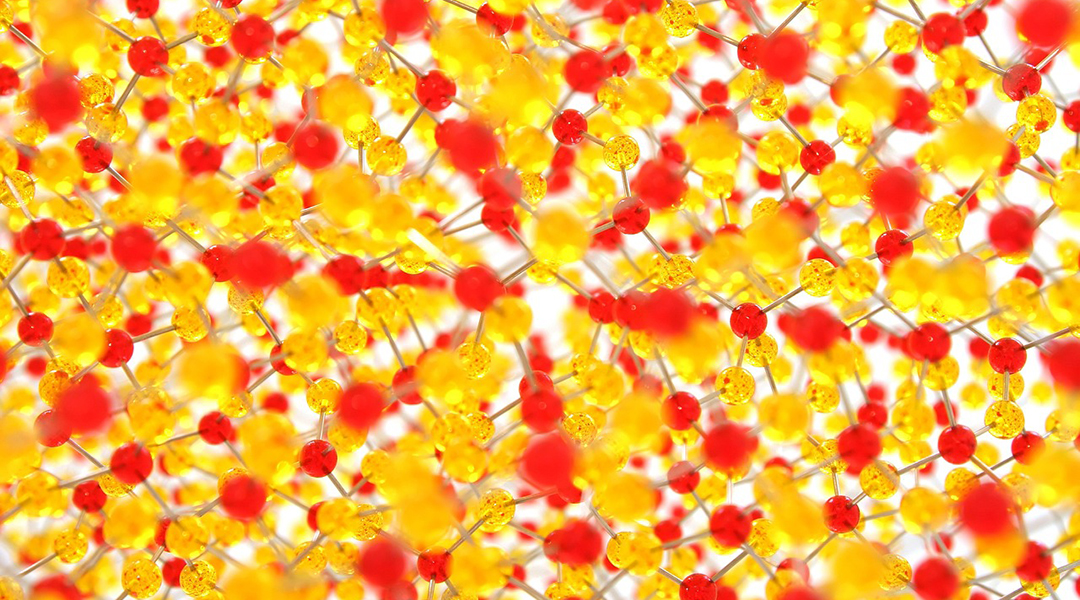
New computer solves complex problems by physically mirroring the systems it’s trying to solve
An Ising machine built on lattice defects solves problems faster than conventional computers without the drawbacks of quantum systems.
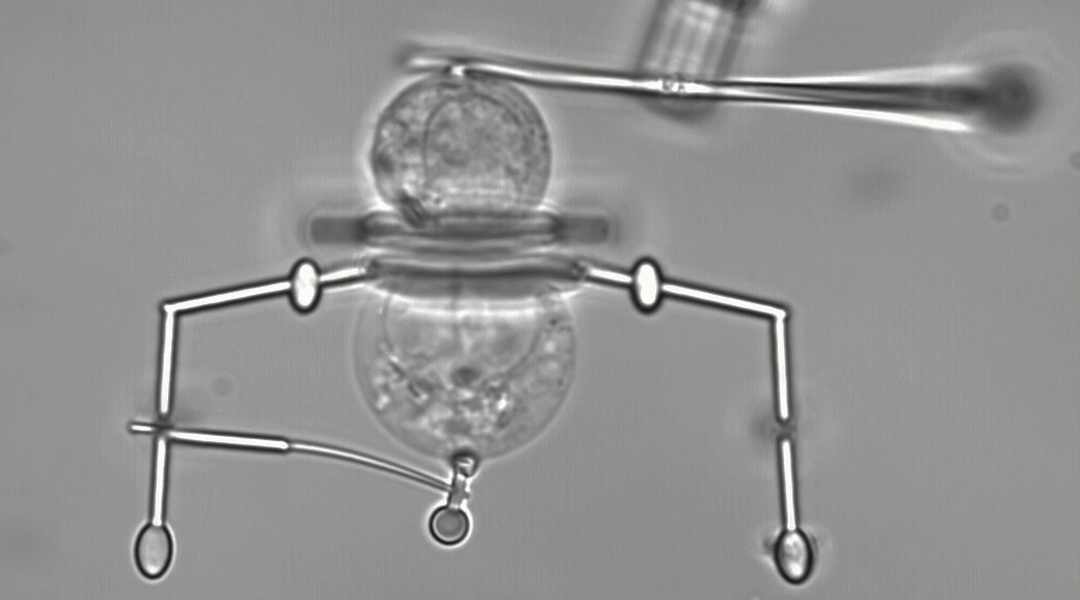
Tiny robots with a big impact: Scientists develop microrobots for single-cell handling
Fitted with nanoscale grippers, these microrobots offer new opportunities for imaging and manipulating single cells.

Caffeine coating gives fuel cells a boost
Modifying hydrogen fuel cells with caffeine helped protect them from degradation, resulting in up to 11-fold increase in activity.

Network of coral reefs in Seychelles offer conservation hope
Mapping genetic connections between coral reefs allows scientists to identify and prioritize those acting as regional larval sources.

A living biosensor helps track honeybee health
First living biosensor developed to study honeybee gut microbiome, providing insights into health and conservation.
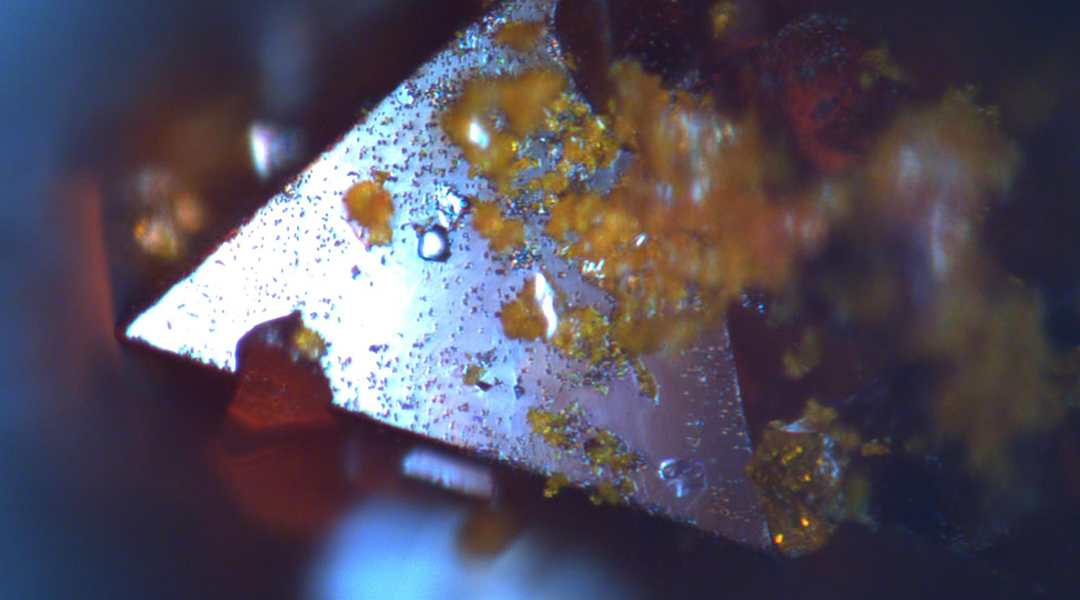
Could a lead-free solar cell be in our future?
Study uncovers stability hurdles in a promising lead-free solar cell material, signaling potential for a cleaner energy future.
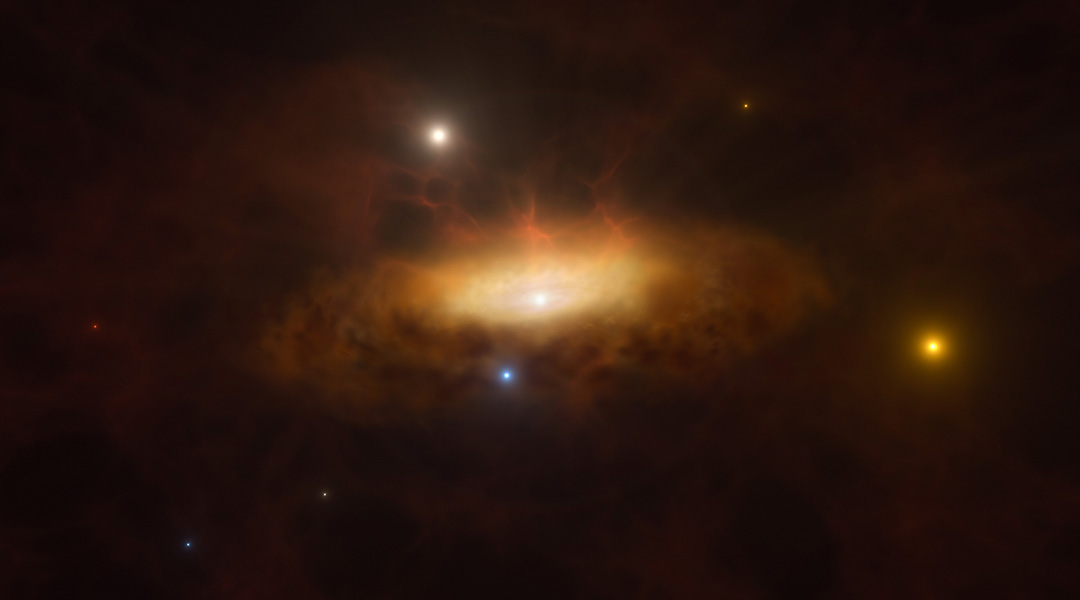
Astronomers witness the reawakening of a black hole
Imagine observing a distant galaxy for years when suddenly its core begins exhibiting unprecedented changes.

Could twisted bismuth pave the way to a practical superconductor?
“Magic angles” in twisted bismuth bilayers could induce superconductivity at more reasonable temperatures.
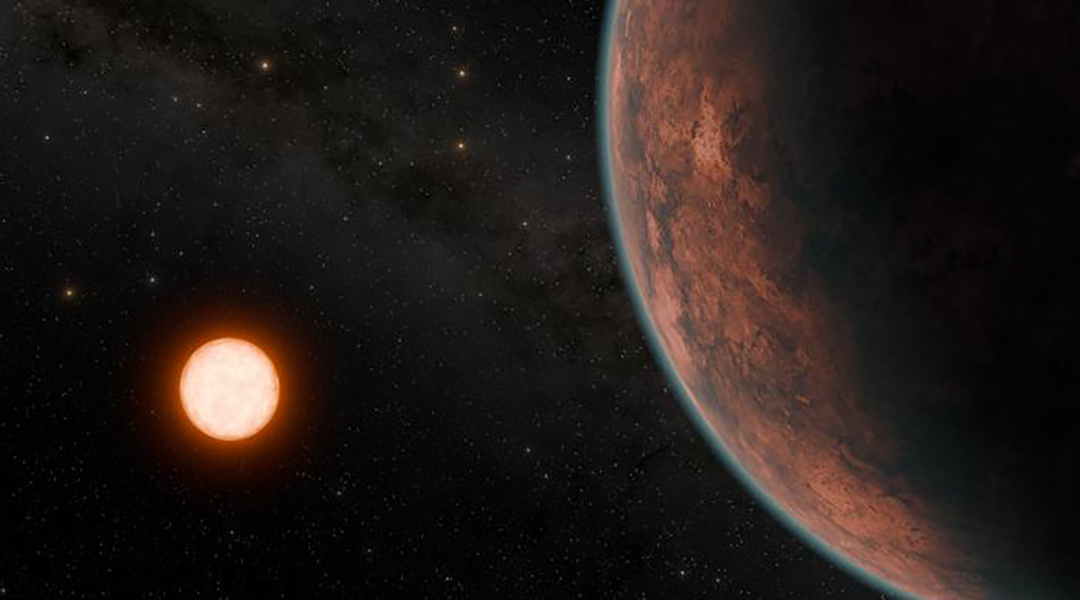
Gliese 12 b: An exo-Venus with Earth-like temperatures
Orbiting a cool, red dwarf star, Gliese 12 b offers insight into atmosphere retention near stars, sparking new questions about habitability.
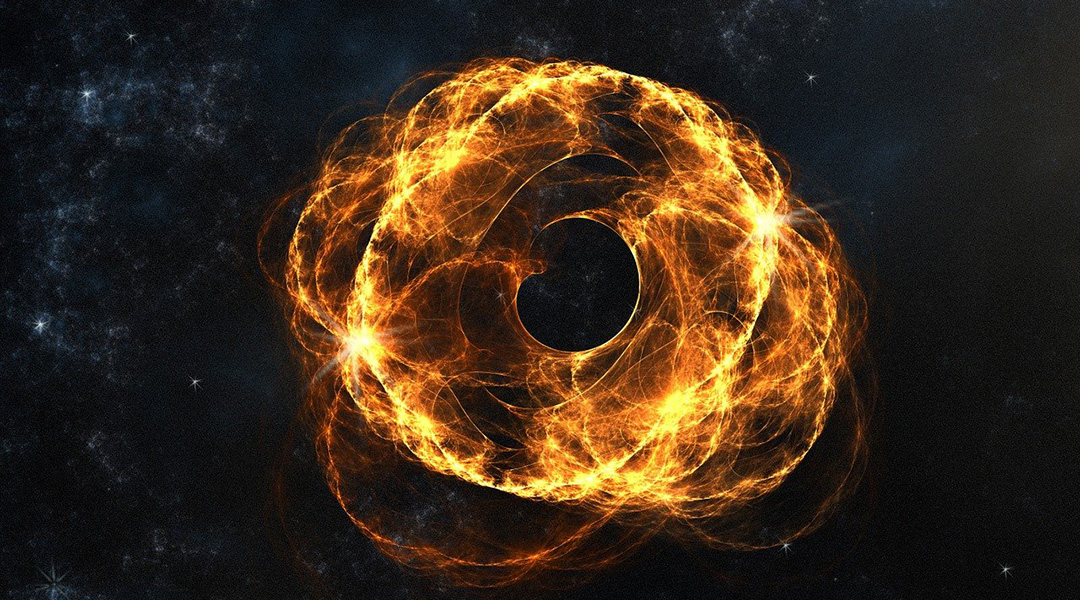
Black hole morsels could make Hawking radiation detectable with current telescopes
During the tumultuous mergers of black holes, smaller black holes called morsels could produce detectable Hawking radiation.
No Results Found
The page you requested could not be found. Try refining your search, or use the navigation above to locate the post.
No Results Found
The page you requested could not be found. Try refining your search, or use the navigation above to locate the post.
No Results Found
The page you requested could not be found. Try refining your search, or use the navigation above to locate the post.
No Results Found
The page you requested could not be found. Try refining your search, or use the navigation above to locate the post.





